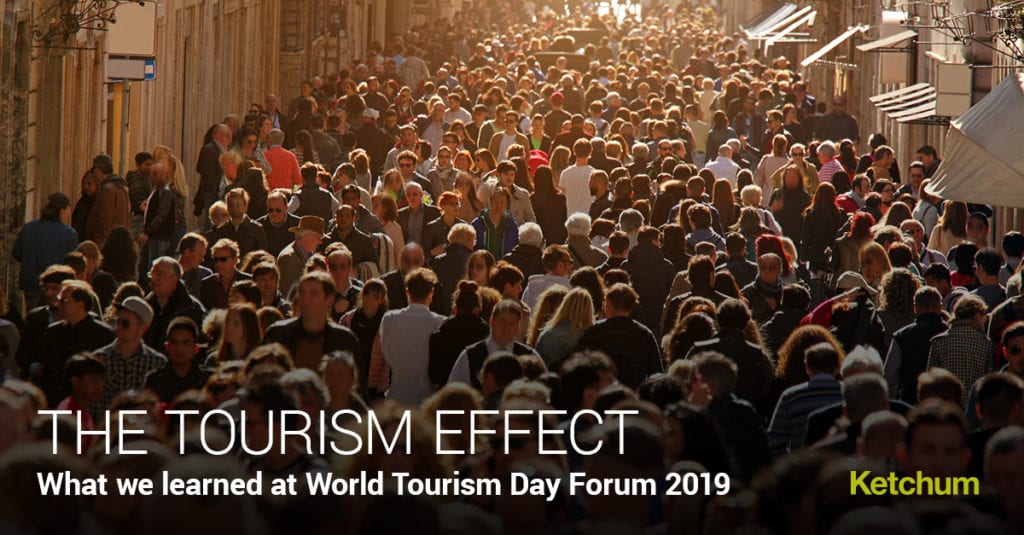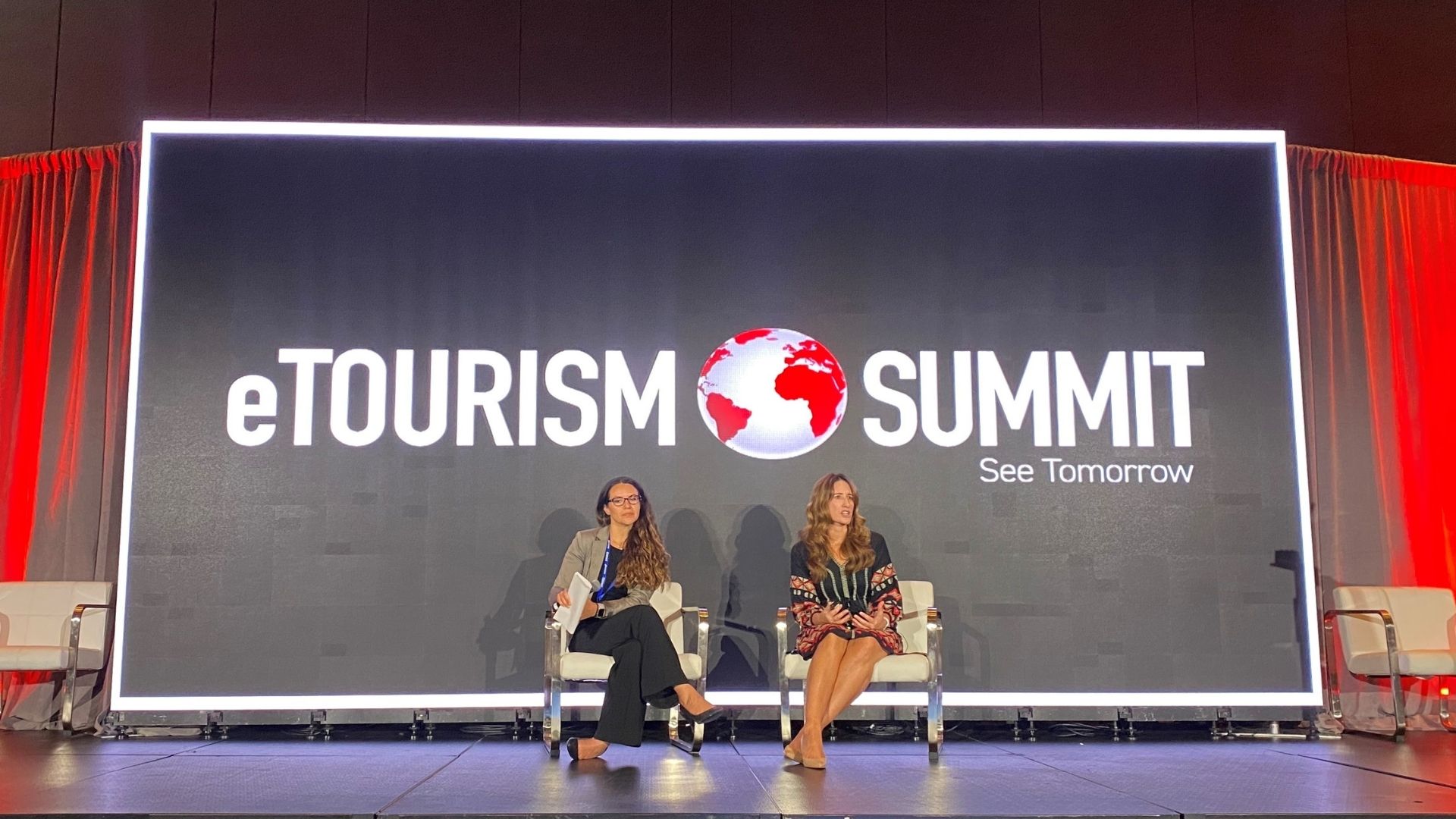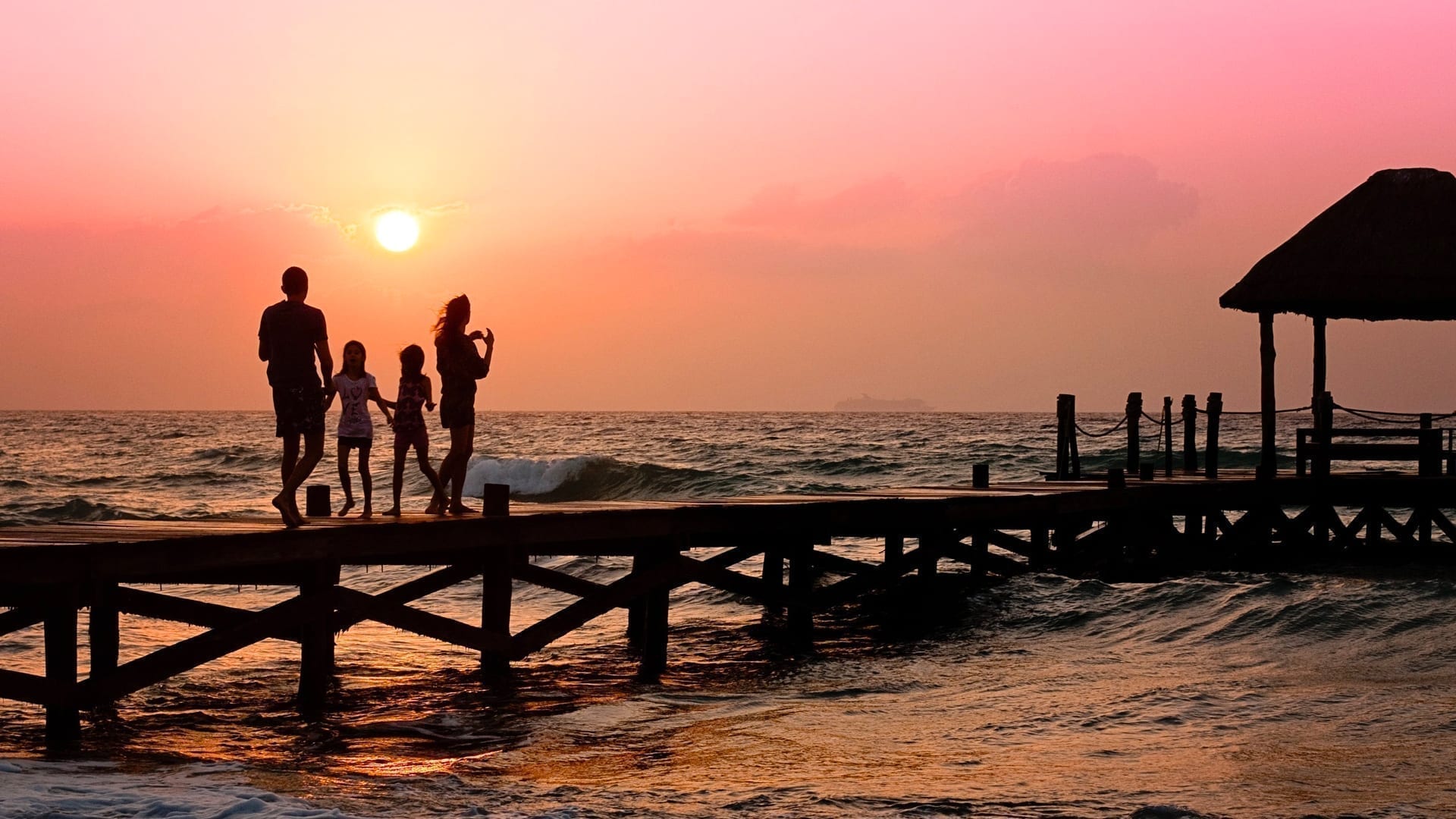The travel and tourism industry is one of the world’s largest – and most powerful – economic sectors; creating jobs, driving exports and generating prosperity across the globe. According to the World Travel and Tourism Council, the tourism sector grew more in 2018 than all other economic sectors but one, adding a record $8.8 trillion to the world’s combined Gross Domestic Product – up from $8.3 trillion in 2017 – as well as 319 million new jobs.
However, with this unprecedented – and largely unchecked – growth comes a new set of challenges for the industry. Today, many destinations are experiencing the negative consequences of overtourism – crowded streets, rising housing costs, outsourcing of employment, pollution, and the deprecation of local culture and heritage. In 2018, a record 1.4 billion international tourists descended on destinations around the world. More so, many of these tourists are on the hunt for immersive experiences promising self-discovery or philanthropy. But how does the tourist’s demand for more impact our communities?

As the concern of overtourism continues to rise, so does the call for a solution. Modern destination marketing requires a careful balance of attracting travelers while offsetting any negative impact. Enter: Impact tourism.
In recent years, the concept of “impact tourism” or “sustainable tourism,” has emerged, challenging the ways in which conventional tourism operates. Impact tourism demonstrates that, if developed responsibly, tourism has the power to alleviate poverty, educate travelers, stimulate local economies, and uplift communities.
Held on World Tourism Day in Washington D.C., the Center for Responsible Travel (CREST) and the Organization of American States hosted a forum to discuss just that. Impact Tourism: Giving Time, Talent & Treasure, was part of a global effort to maximize the positive impact of tourism and support destinations around the world. Speakers discussed a wide range of successful travel giving programs, sharing best practices and inspiring stories of impact ranging from destination-wide programs, community perspectives, donor travel, corporate sustainability, and voluntourism.
As you read my three key takeaways from the World Tourism Forum, think about your own organization. How prepared are you to speak to: Overtourism? Meaningful travel? Effective voluntourism? Donor engagement?
- People remember what they discover on their own: Cultural immersion is a unique experience that opens doors for travelers to build deeper connections with a community, its people and its culture. Incorporating cultural immersion into an organization’s giving platform brings donors face-to-face with their beneficiaries, allowing them to build relationships based on understanding. Creating these meaningful opportunities can help bridge the geographic gap between supporters and communities, promoting more effective donor engagement.
- Provide a “hand up” not a “hand out”: From environmental initiatives to authentic cultural connections, today’s travelers seek meaningful experiences that make a positive impact. However, along with the privilege of “voluntourism” comes the responsibility of making choices that foster long-term, sustainable impact. So, how do we turn good intentions into effective results? We must transition away from short-term solutions by learning from communities and providing the building blocks they need for lasting change.
- Engage communities in the process: Responsible travel can no longer be a niche or luxury, it must be embraced by everyone – from travelers, to businesses, to residents. Engaging tourism businesses and community members in impact travel initiatives teaches them to become good citizens in their travel destinations and promotes sustainable development.
Are you ready to travel with purpose? Connect with me here to get to work on your purpose-fueled communications strategy.



